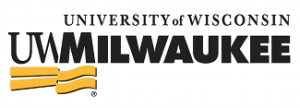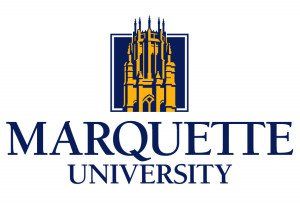The University of Wisconsin-Madison has been recognized for a long time as a top American University. The campus spans 933 acres along Lake Mendota and can trace its roots to a clause in the Wisconsin Constitution which decreed that the state have a prominent public university. In 1848, Wisconsin’s first governor signed the act that formally created the university. Its first class had 17 students and met in a Madison school building early in 1849.
UW-Madison ranks as one of the most prolific research universities in the world. The university actually places third among American public institutions for research expenditures. Driven by a desire to explore new worlds and apply new ideas to real world problems, research at UW-Madison isn’t conducted only by faculty, staff and graduate students. Undergraduate research opportunities are also fostered, making research a campus wide enter undertaking.
Wisconsin biologist James Thomson reported the first isolation and culturing of human embryonic stem cells in 1998. UW-Madison is an international leader in
stem cell research and has nearly 80 faculty members in a range of disciplines who study them. In 2011, UW-Madison researchers turned embryonic and induced cells into astrocytes, the most common cell in the brain, affording a window to study cells implicated in a host of conditions ranging from headaches to dementia.
Recent years have seen major expansion projects at UW-Madison, including Union South, with its theater, recreational facilities, restaurants and meeting areas completed in 2011; an 81,000 square foot addition to the Chazen Museum of Art; the Wisconsin Institutes for Discovery for public and private biomedical research which opened in 2010; and a renovation and addition to the 108,000 square foot Education Building in 2010. The NCAA Division I UW-Wisconsin Badgers compete in the Big Ten Conference.







